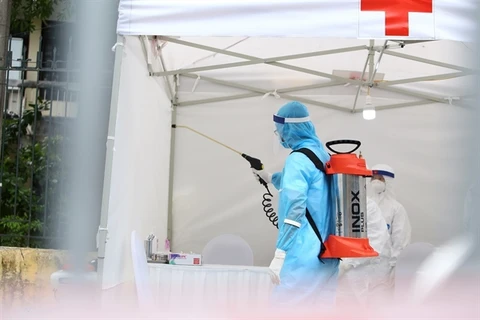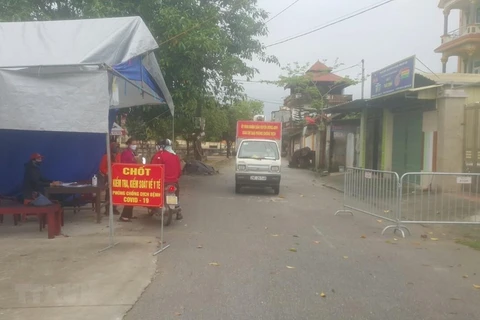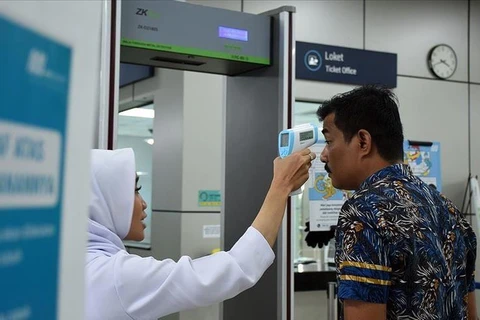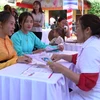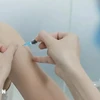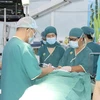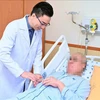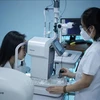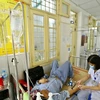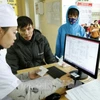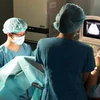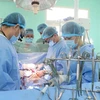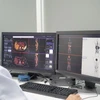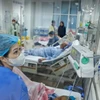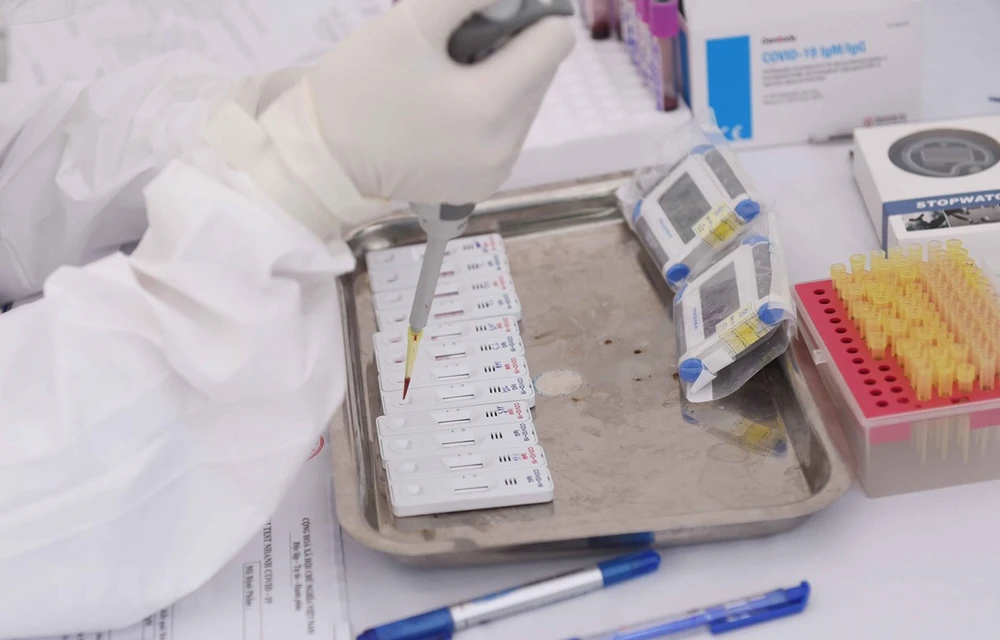
Hanoi (VNA) – Assoc. Prof. Nguyen Vu Trung, Deputy Director of the National Hospital for Tropical Diseases, has written an article for VietnamPlus to explain the differences between the two types of tests for the novel coronavirus, as Vietnam has entered the third phase of COVID-19 response with a higher risk of community infections.
RNA Test
The RNA test is a real-time Polymerase Chain Reaction (RT-PCR) test intended for the qualitative detection of SARS-CoV-2 nucleic acid (RNA) in upper respiratory specimens, such as nasal or throat swab specimens or saliva, from people suspected of COVID-19.
To have samples for testing, a health care professional uses a specialised swab to collect mucus from the person’s nose or throat.
The likelihood of detecting the virus depends on the collection method and how much time has passed since infection.
Tests performed with throat swabs are reliable only in the first week. Thereafter the virus may abandon the throat and multiply in the lungs. In the second week, sputum or deep airways collection is preferred.
 Assoc. Prof. Nguyen Vu Trung, Deputy Director of the National Hospital for Tropical Diseases. (Photo courtersy of the National Hospital for Tropical Diseases)
Assoc. Prof. Nguyen Vu Trung, Deputy Director of the National Hospital for Tropical Diseases. (Photo courtersy of the National Hospital for Tropical Diseases)
Collecting saliva may be as effective as nasal and throat swabs, although this is not certain. Sampling saliva may reduce the risk for health care professionals by eliminating close physical interaction. It is also more comfortable for the patient.
Results are for the identification of the coronavirus’s RNA, which is generally detected in respiratory specimens during the acute phase of the infection. Positive results are indicative of the presence of the virus’s RNA, so the clinical correlation with patient history and other diagnostic information is necessary to determine patient infection status.
However, positive results do not rule out a bacterial infection or co-infection with other viruses.
Meanwhile, negative results do not preclude infection of SARS-CoV-2. They should not be used as the sole basis for patient treatment but must be combined with clinical observations, patient history, and epidemiological information.
Antibody test
Antibody tests, also known as serology testing, may provide quick results, but should not be used to diagnose an active infection. Antibody tests only detect antibodies the immune system develops in response to the virus, not the virus itself. It can take days to several weeks to develop enough antibodies to be detected in a test.
A healthcare worker takes a blood sample, usually by a finger prick or by drawing blood from a vein in the arm. Then, the sample is tested to determine whether a person has developed antibodies against the virus.
If test results come out positive, it indicates that the person was likely infected with COVID-19 at some time in the past and has some immunity.
A person may test positive for antibodies even if he/she has never had symptoms of COVID-19. This can happen if he/she had an infection without symptoms, which is called asymptomatic infection.
The World Health Organisation (WHO) cautions that there's a lack of evidence on whether having antibodies means a person is protected against reinfection from the coronavirus. The level of immunity and how long immunity lasts are not yet known.
The timing and type of antibody test affects accuracy. If the testing is conducted too early in the course of infection, when the immune response is still building up in the body, the test may not detect antibodies and come out negative.
The SARS-CoV-2 is a new virus causing an unprecedented pandemic on a global scale, so it would take researchers more time to have a better understanding of the virus and to improve the sensitivity and accuracy of the tests./.


